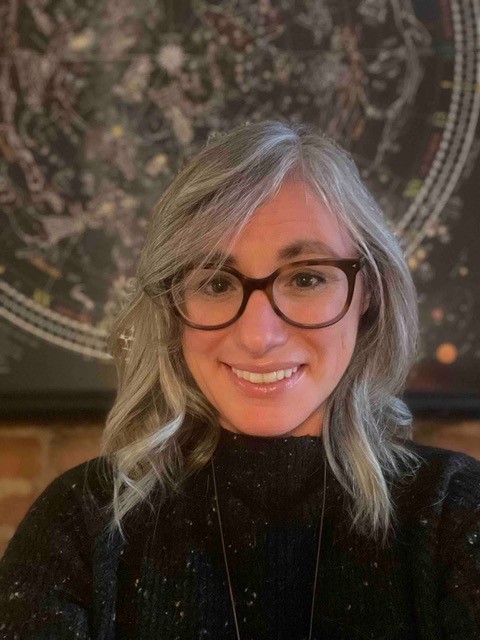42nd Annual Central Pennsylvania Consortium Astronomers’ Meeting
Saturday, April 23, 2022 | 9:00 am – 4:00 pm
Gettysburg College | Masters Hall
300 N. Washington Street, Gettysburg PA 17325
Overview
Gettysburg College will host the 42nd Annual Central Pennsylvania Consortium Astronomers’ Meeting on Saturday, April 23, 2022.
The conference will be held in Masters Hall (#17 on the campus map)
We encourage both faculty and students to consider presenting a talk or poster in astronomy, astrophysics and astronomy education. We have been able to allocate 10-15 minutes for each presentation, depending on the number of people who would like to present. We wish to remind everyone that this is a “student friendly” conference. A tentative meeting agenda is provided below.
Questions can be directed to Dr. Jacquelynne Milingo or Dr. Ryan Johnson.
Registration
Please register for the conference by filling out the web form. There is no registration fee and all students, postdocs and faculty are welcome to attend.
The deadline is Friday April 8, 2022.
Schedule of Events
 Keynote speaker will be Dr. Rachel Bezanson,
Keynote speaker will be Dr. Rachel Bezanson,
Talk Title: How it started... How it’s Going: Tracing the Formation and Evolution of Massive Galaxies Through Cosmic Time. (flyer)
Speaker: Dr. Rachel Bezanson,
Abstract: Galaxies are extraordinarily complex collections of stars, gas, and dark matter. The largest galaxies, though relatively rare in number, host most of the stars in the Universe and deep in their cores harbor the most extreme supermassive black holes. Today massive galaxies are red and dead ellipticals with little ongoing star formation or organized rotation; naturally they were expected to be relics of a much earlier formation epoch. In this talk I will briefly review the paradigm that has emerged over the last decade, discussing the structural and kinematic evolution of massive galaxies during and after they stopped forming stars (“quenched”) and eventually transformed from rotationally supported disks into kinematically hot ellipticals. Spectroscopic studies of distant galaxies, “making rainbows from galaxies”, reveal the chemical compositions, detailed star formation histories, and internal motions of stars and gas. Spectroscopic datasets are necessary to answer open questions about the details of that cosmic formation and shutdown. I will describe my team’s observational efforts to characterize the histories of galaxies like our Milky Way and larger at three critical moments in the 14 billion year history of the Universe, each corresponding to a large spectroscopic program. Finally, I will introduce the James Webb Space Telescope - NASA’s latest great flagship observatory and describe how my team plans to extend spectroscopic studies of galaxies to the earliest moments in cosmic history, with the UNCOVER treasury program.
Bio: Rachel Bezanson is an observational astronomer and assistant professor at the University of Pittsburgh. Prior to joining the faculty at Pitt, Dr. Bezanson earned her Bachelor’s degree at Barnard College, was a high school physics and astronomy teacher, earned her PhD at Yale University, and held postdoctoral fellowships at the University of Arizona and Princeton. Her work use a variety of ground and space-based telescopes to empirically study the evolution of massive galaxies, exploring a range of questions related to how galaxies form, live, die, and continue to grow over billions of years. Dr. Bezanson’s work is funded by the NSF, NASA, the Kaufman Foundation, the Research Corporation for Scientific Advancement, the National Radio Astronomy Observatory, and the Space Telescope Science Institute. Outside of work, Dr. Bezanson enjoys hiking and exploring with her partner Duncan and their dog Cora, long roadtrips, practicing yoga, obsessively riding her Peloton bike, and cooking.